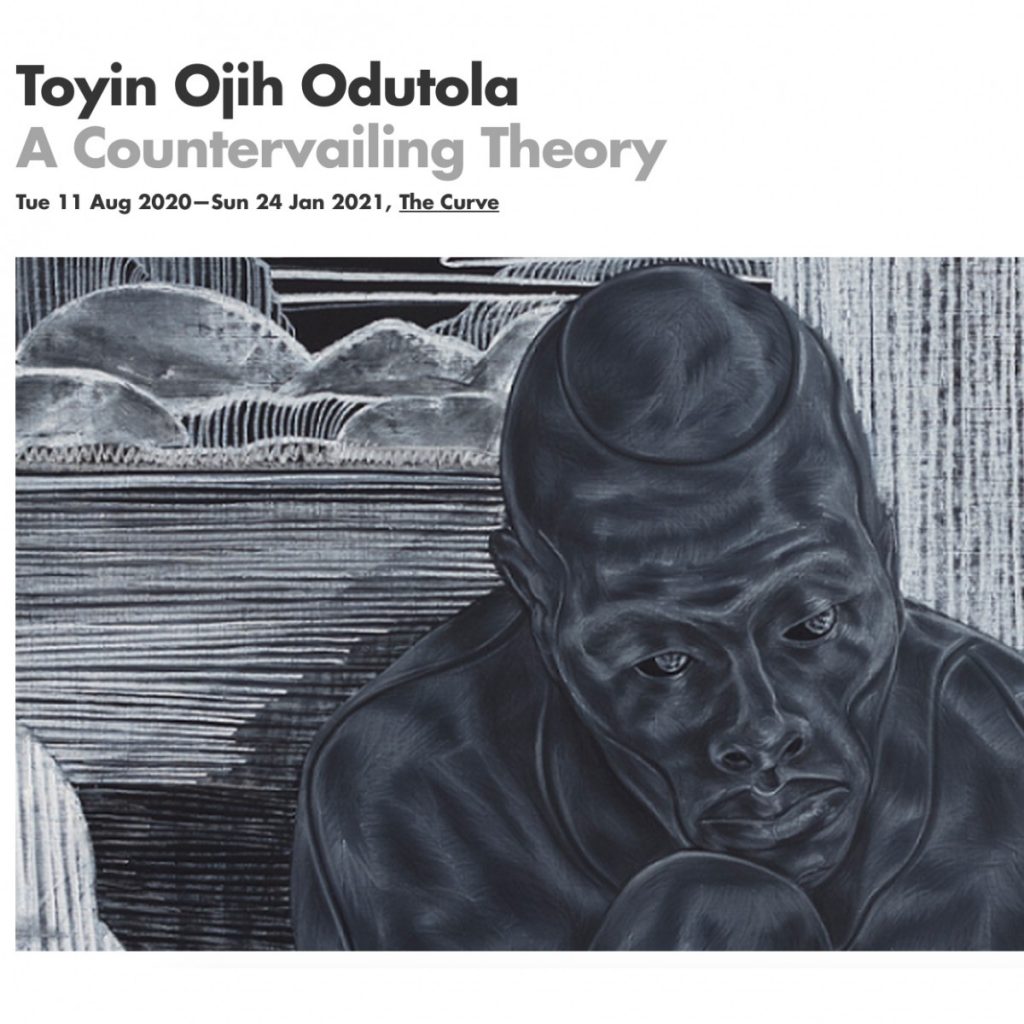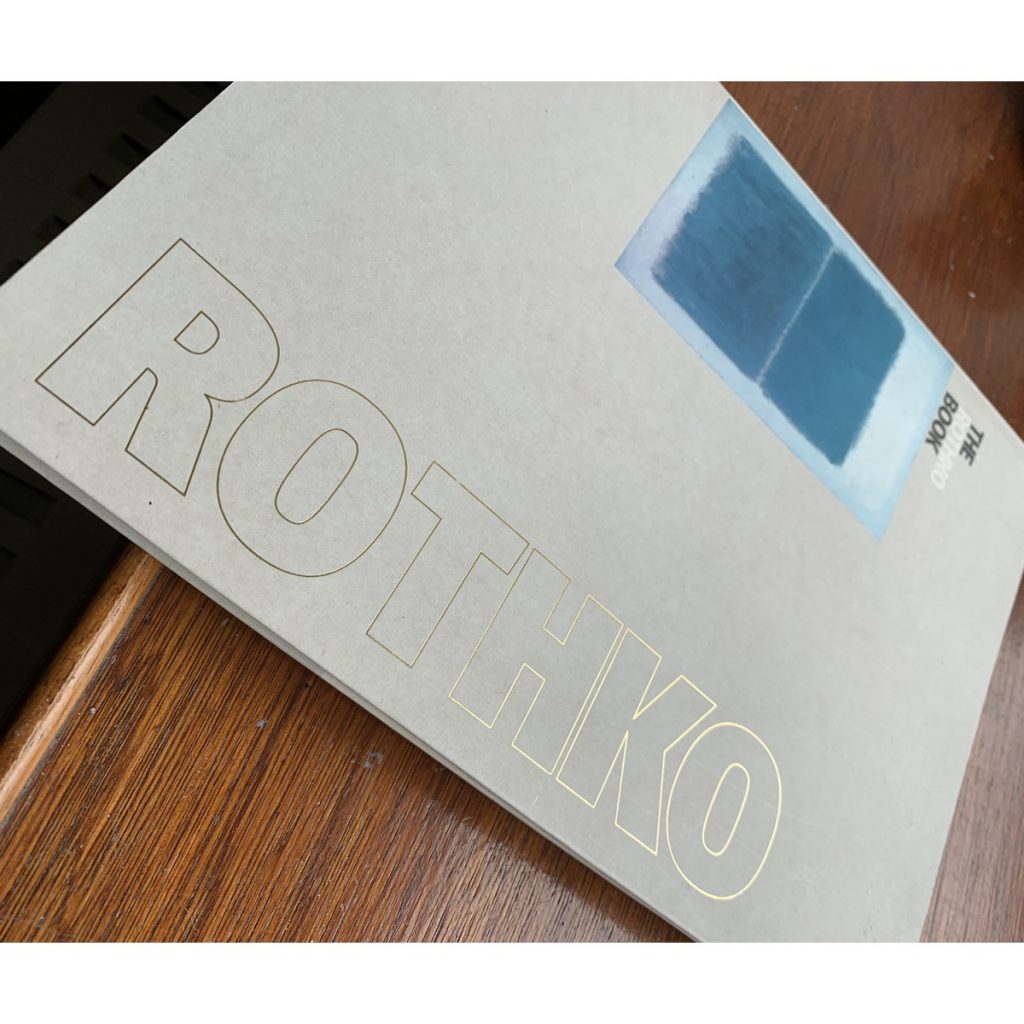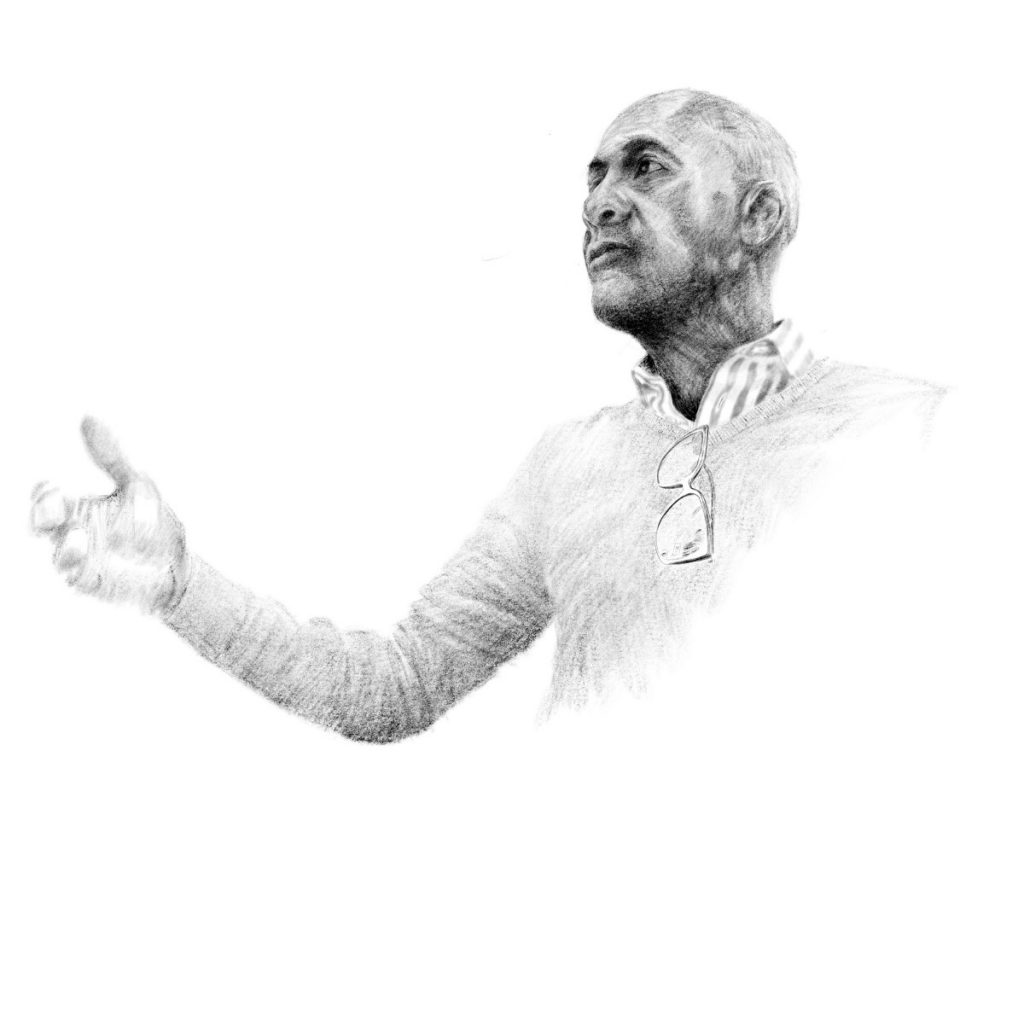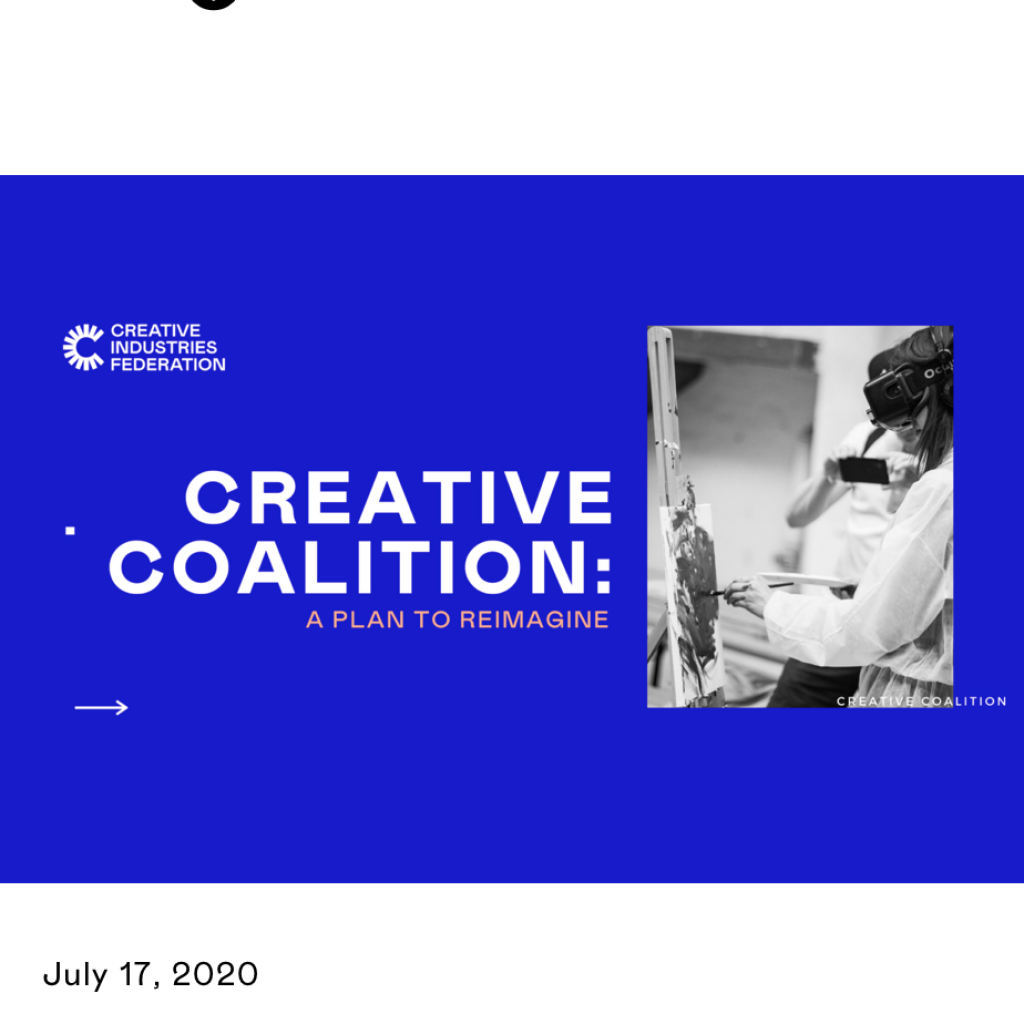What is really happening?
I’m unclear, but struggle on to make sense of the pandemic and its affects.
Travel!
I returned to the City of Birmingham City from West Wales where the Irish sea rolls into the dark jagged cliffs and long quiet beaches. I have not planned to visit London, but the Barbican’s Curve space has a show of drawings by Toyin Ojih Odutola which is a must see. The drawings are described as narrative portraiture, although she says it is ‘misleading when people call me a portraitist. I work from photography and often it’s a composite of multiple people. But I’m very fortunate to have really badasss beautiful people around me that compel me to draw them.’ Kilian Fox. Observer, Aug 2 2020.

Mark Rothko

Last week I promised more when I read The Rothko Book by Bonnie Clearwater. I have now read it and understand more of how he transitioned from figurative to abstract art, while as a ‘philosophical romanticist’, retaining his belief in art as an agent of meaning. Rather than writing my interpretation of the author, below are a selection of quotes that point to his thinking on his transitioning works.
He began his final transition to pure abstraction when he wrote the introduction to (Clifford) Still’s catalogue. In his statement ‘The Romantics were Prompted’ published in Possibilities (1947-8), he used similar terminology to describe his own transitional abstract paintings. He stated that he thought of his pictures ‘as dramas’, while’ the shapes in the pictures are performers’ and ‘organisms with volition and a passion for self-assertion.’
On his conception of the Progression of his work from figuration to abstraction: ‘It was not that the figure had been removed, not that the figures had been swept away, but the symbols for the figures, and in turn the shapes in the later canvases were new substitutes for the figures.’ He considered his abstract forms objects or things, with a perceptible density just like figures and symbols, that could trigger an emotional response and stimulate thought, but could do more precisely than his earlier figurative works.’
‘… Line would have detracted from clarity of what I had to say. Death and mortality, he added, were always present in his mind when he painted. This, after all, was the human condition, and it was his hope that it would be present in his work without his having to illustrate it with skulls and bones.’
On edge and border
The indeterminate space surrounding Rothko’s areas of colour became an essential element of his paintings. He aimed to prevent the border of a painting from acting as a final enclosure. Instead, one may glimpse a scene of illimitable dimensions. The edge, in effect, acts like a freeze frame of a film, which captures just one episode of dramatic transformation.
On size
‘The reason he painted large canvases ‘is precisely because I want to be very intimate and human. To paint small is to place yourself outside your experience, to look upon an experience….you paint the larger picture, you are in it.’
Finally: The Portrait.
‘He could refer to his paintings as ‘portraits’ because, like all great portraiture, they were about the artist’s eternal interest in the human figure, character and emotions – in short the human drama.’ The repetition of (his) classic image was in itself irrelevant, because the great portraits throughout time are the painting of ‘one character’. He added, ‘What is indicated here is the artist’s real model is an ideal, which embraces all of human drama rather than the appearance of a particular individual.’
digital drawing

Printmaking!
I’ve been silkscreen printing! After 5 months away from printmaking facilities I was given special dispensation to spend two days in the BCU Parkside Printroom to complete two prints for an outstanding commission. Two Prints to be made in two days, as my supervisor said” “you will have to get your skates on.”
It was wonderful to see the drawings, transferred to the screen, the inks mixed, the screen locked in the bed, the 300gsm Brockford Smooth paper positioned, pull the ink through with the squeegee and see the appearance of the image that has been waiting in Covid abeyance for months to be revealed.
It was not without its challenges that had to be resolved, but the prints are valuable and for the first time in my research the subjects are photographed, drawn and printed to look directly out. This approach had been adopted as the portraits are commissioned to celebrate the role of Magistrates in the history of their Association and plans for the future. 2020 Vision: 100 Years of Justice exhibition.
I proposed to make two portraits on the theme of “Future: Race and Criminal Justice” and made an offer to magistrates that sit on the West Midlands benches to have their portrait drawn and printed to positively reflect the theme. There was a lot of interest and I selected the youngest Mixed-race magistrate and the first Asian person to sit on the region’s benchs.
Below are photographs from the printmaking experience. The final portraits will be revealed next month when they go public.
The visit to the print room was safe and successful. I had received a Campus Visit Form to present at the Arts Design and Media building in Birmingham’s Eastside. Justin, the print technician met me as planned and showed me the routes to follow. We both wore our masks. He familiarised me with the routines to be adhered to in the workshop to ensure social distancing. It was eerily empty, quiet and strange to be in a building usually teeming with creative young people. However, once I began printing, I resumed with internalised techniques and behaviours of the medium. It was such gift to work with Justin after so many weeks in isolation. Being in a workshop with someone else was an experience in itself. Being in a creative productive situation with a colleague was even more rewarding.
Following using the facilities I cleaned all items I had used and after I left for the day Justin cleaned any surfaces I might have touched to make sure there was little chance of any virus transmission between us or others that will enter the workshop. I am extremely grateful to Justin and all of those behind the scenes at the University who that made it possible.
COVID PRINTMAKING at BCU PRARKSIDE
Cultural Recovery
The Culture Recovery Fund that the UK government announced is now being ruled out with criteria for artists and arts organisations under threat from the virus can apply for grants of loans. ‘ACE is running the Grants Programme which offers financial support for cultural organisations that were financially stable before Covid-19, but are now at imminent risk of failure.’
https://www.artscouncil.org.uk/funding/CRFgrants#section-1
The overall support plan is captured in the Charity Tax site: https://www.charitytaxgroup.org.uk/news-post/2020/culture-recovery-fund-grants/

While the recovery plan is underway the Creative Industries Federation has made a valuable proposal to rethink how culture and creative industries come out of lockdown better prepared:
“We don’t need a reset, we need a re-think” – CEO, Caroline Norbury on the launch of our Creative Coalition’s Plan to Reimagine
Thats it.


